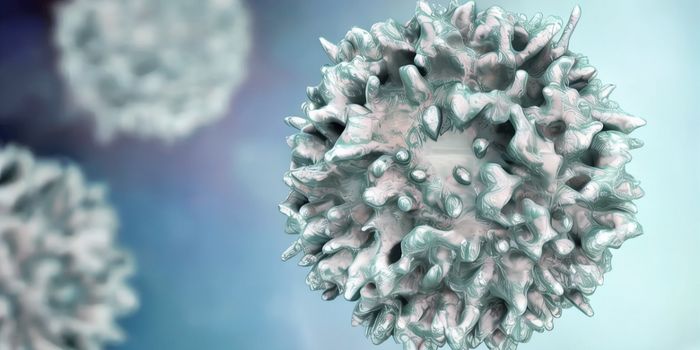Detecting Skin Cancer at the Single Cell Level
Not all skin cancer cells look alike under the microscope. And treating different samples as one and the same could cost patients the opportunity for timely diagnosis and treatment. Now scientists have devised a new technique that they say will detect single melanoma cells more accurately.
"Researchers often seek out the types of cancerous cells that are homogenous in nature and are easier to observe with traditional microscopic devices," said Luis Polo-Parada, the study’s lead author. "Yet, because the vast amount of research is conducted on one type of cell, it often can lead to misdiagnosis in a clinical setting."
Indeed, melanoma cells can vary in size, shape, and color. And if doctors are only trained to look for cancer cells that are more uniform, just imagine how many potential cases of skin cancer may be missed!
But characterizing cells that are irregular in shape and darker in color is difficult with conventional microscopy methods, which favor light-colored samples that absorb more light from lasers. That’s why the research team at the University of Missouri-Columbia adapted a technique called photoacoustic spectroscopy for melanoma detection.
By combining photoacoustic spectroscopy with traditional microscopy, the team say they could observe details of a single melanoma cell. The technique provided signals both in ideal samples , such as a single melanoma cell in isolation, and in real-world samples, where many faces of cancer cells are mixed together. “When a single or few cancer cells are present within a blood droplet, the photoacoustic signal is indistinguishable from that measured from blood alone,” the authors wrote.
"Overall, our studies show that by using modified techniques we will be able to observe non-uniform cancer cells, regardless of their origin," said Polo-Parada. "Additionally, as these melanoma cells divide and distribute themselves throughout the blood, they can cause melanomas to metastasize. We were able to observe those cancers as well. This method could help medical doctors and pathologists to detect cancers as they spread, becoming one of the tools in the fight against this fatal disease."
Of note, melanoma is a deadly form of skin cancer caused by ultraviolet radiation damages to the skin cells. According to the World Health Organization, between 2 and 3 million people worldwide have skin cancer. And of that, about 132,000 people have melanoma. The incidence of skin cancer is only rising, as experts believe the depletion of the ozone layer will result in an additional 300,000 new cases every year.
Additional source: University of Missouri-Columbia









